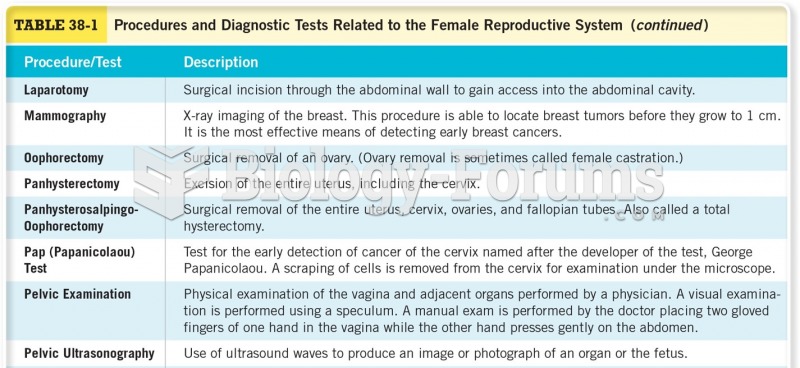Which of the following best reflects an example of an ordered diagnostic procedure?
a. An objective tool to determine the level of risk of complications, comorbidity and/or mortality in an easy to read, impartial format
b. The risk posed to the patient by the chief complaint, illness, or disease that brought him or her into the clinic, especially in relation to the interval of time between the current visit and the subsequent visit
c. The risk posed to the patient by the therapeutic, resuscitative, or maintenance plan of care selected by the physician performing the E/M service
d. The risk posed to the patient by any testing that has been ordered by the physician who performs the E/M service and that is intended to help that physician diagnose the complaint
Question 2
Which of the following best reflects an example of the risk of a selected management option?
a. The risk of the complications, comorbidities, and/or mortality posed to the patient by the chief complaint, illness, or disease that brought him or her into the clinic, especially in relation to the interval of time between the current visit and the subsequent visit
b. The risk of complications, comorbidity, and/or mortality posed to the patient by any testing that has been ordered by the physician who performs the E/M service and is intended to help that physician diagnose the complaint
c. An objective tool to determine the level of risk of complications, comorbidity, and/or mortality in an easy-to-read, impartial format
d. The risk of complications, comorbidity, and/or mortality posed to the patient by the therapeutic, resuscitative, or maintenance plan of care selected by the physician performing the E/M service







